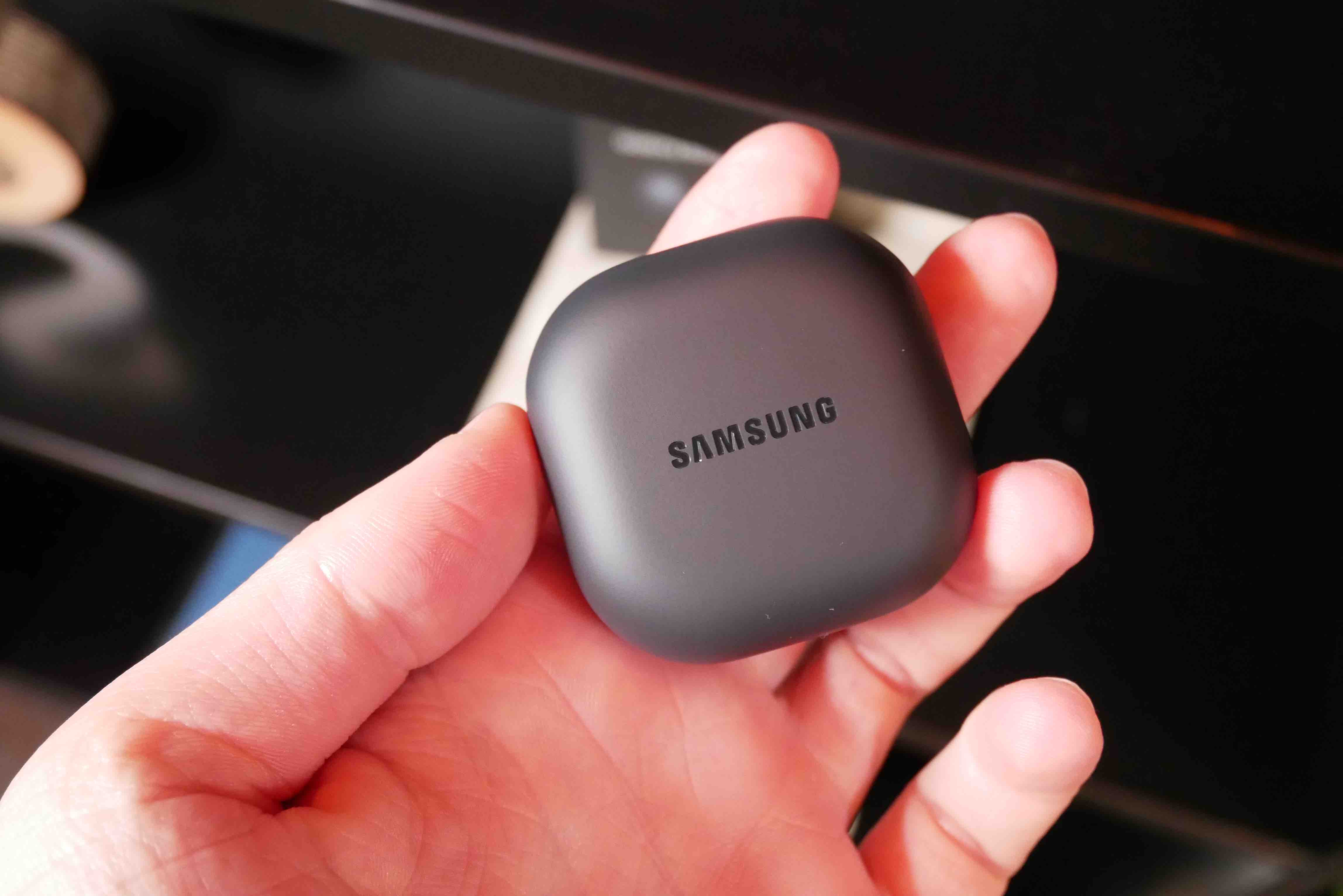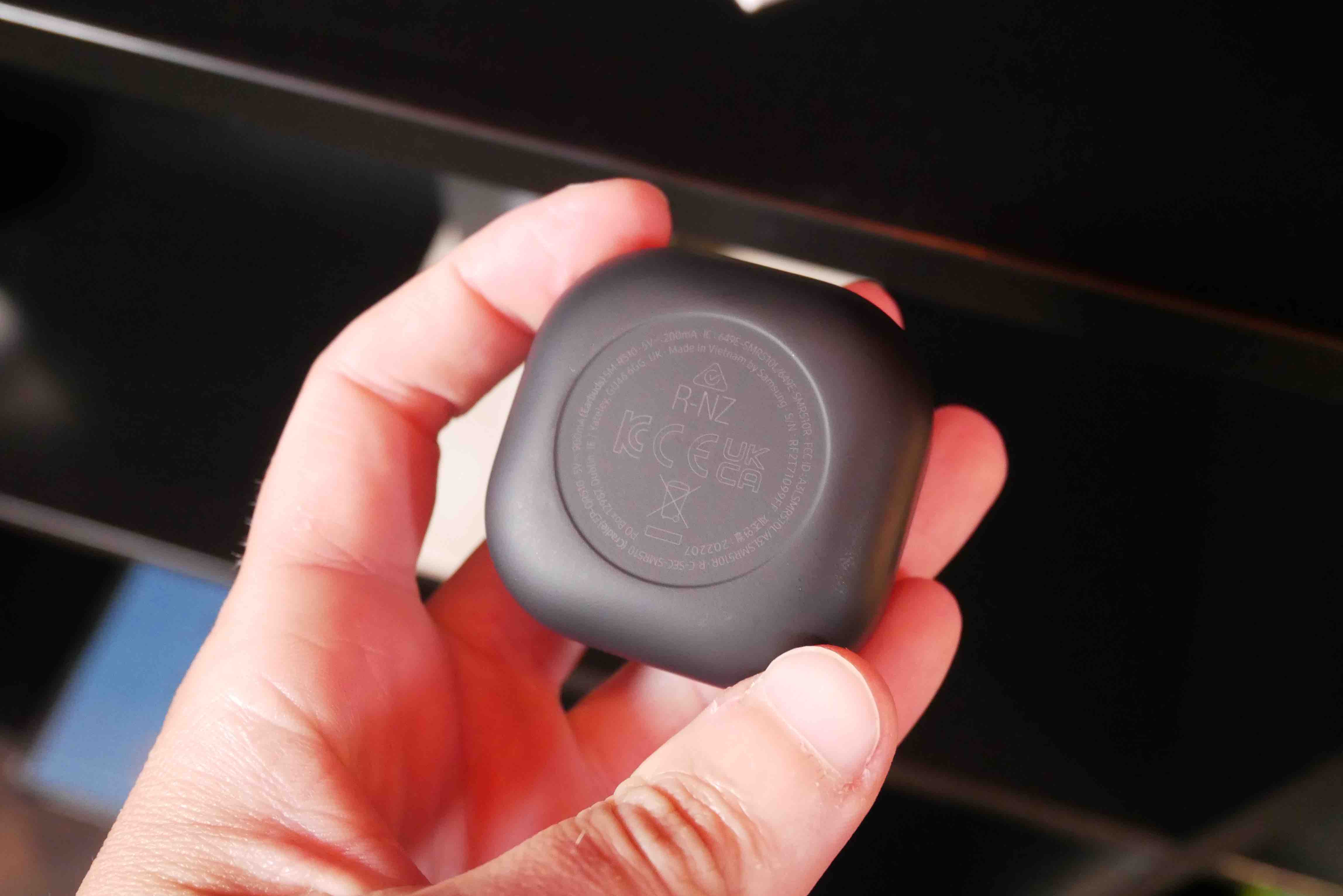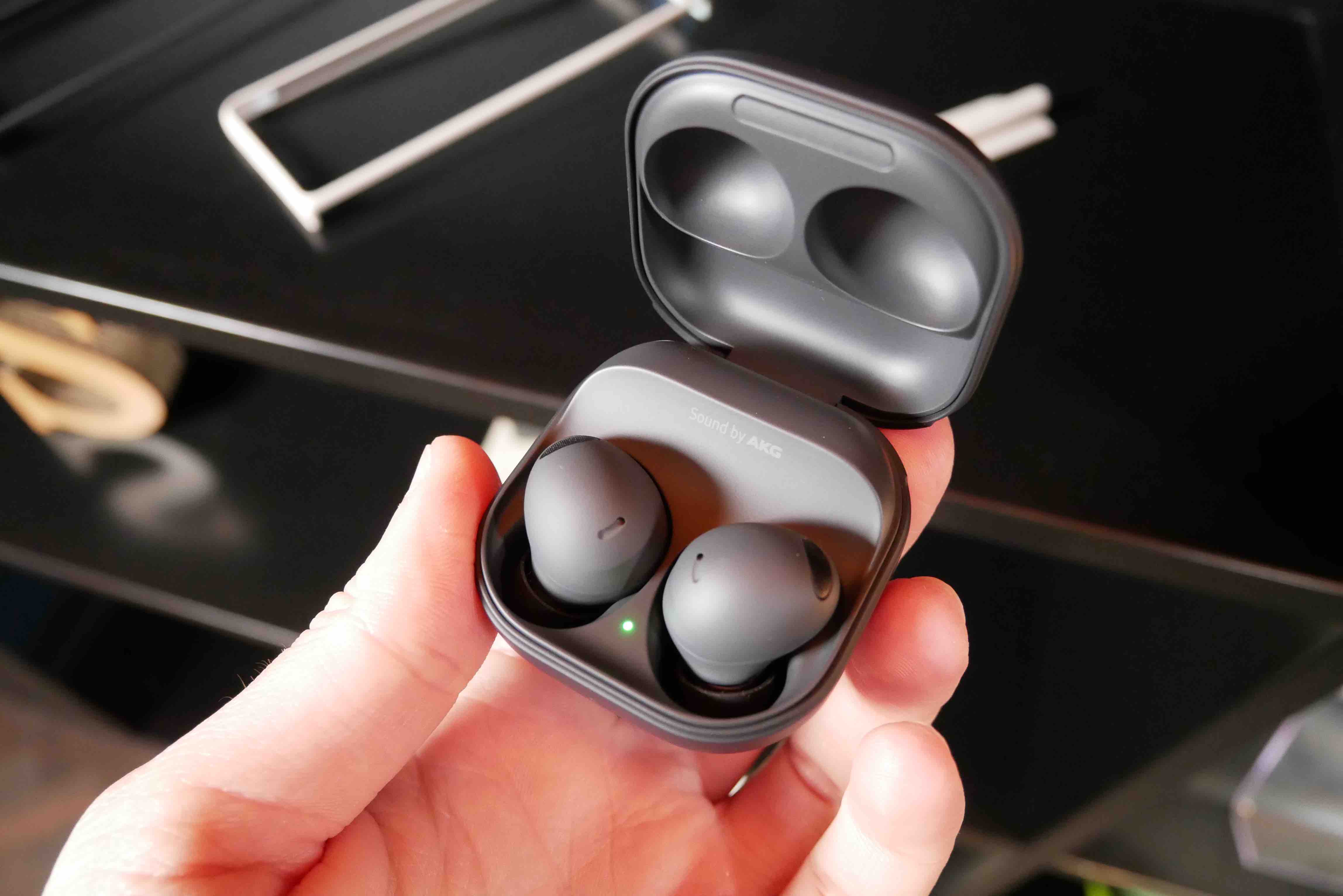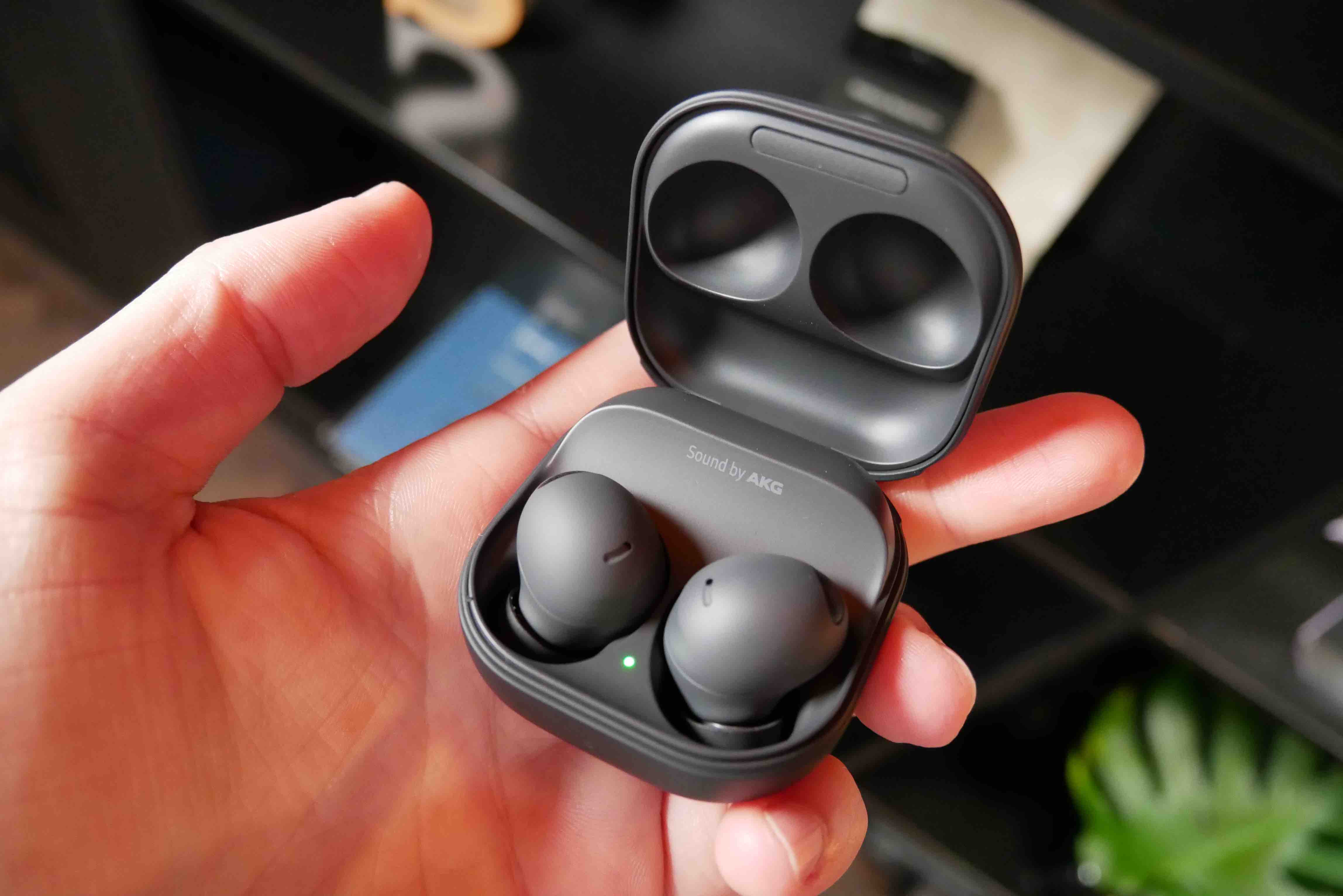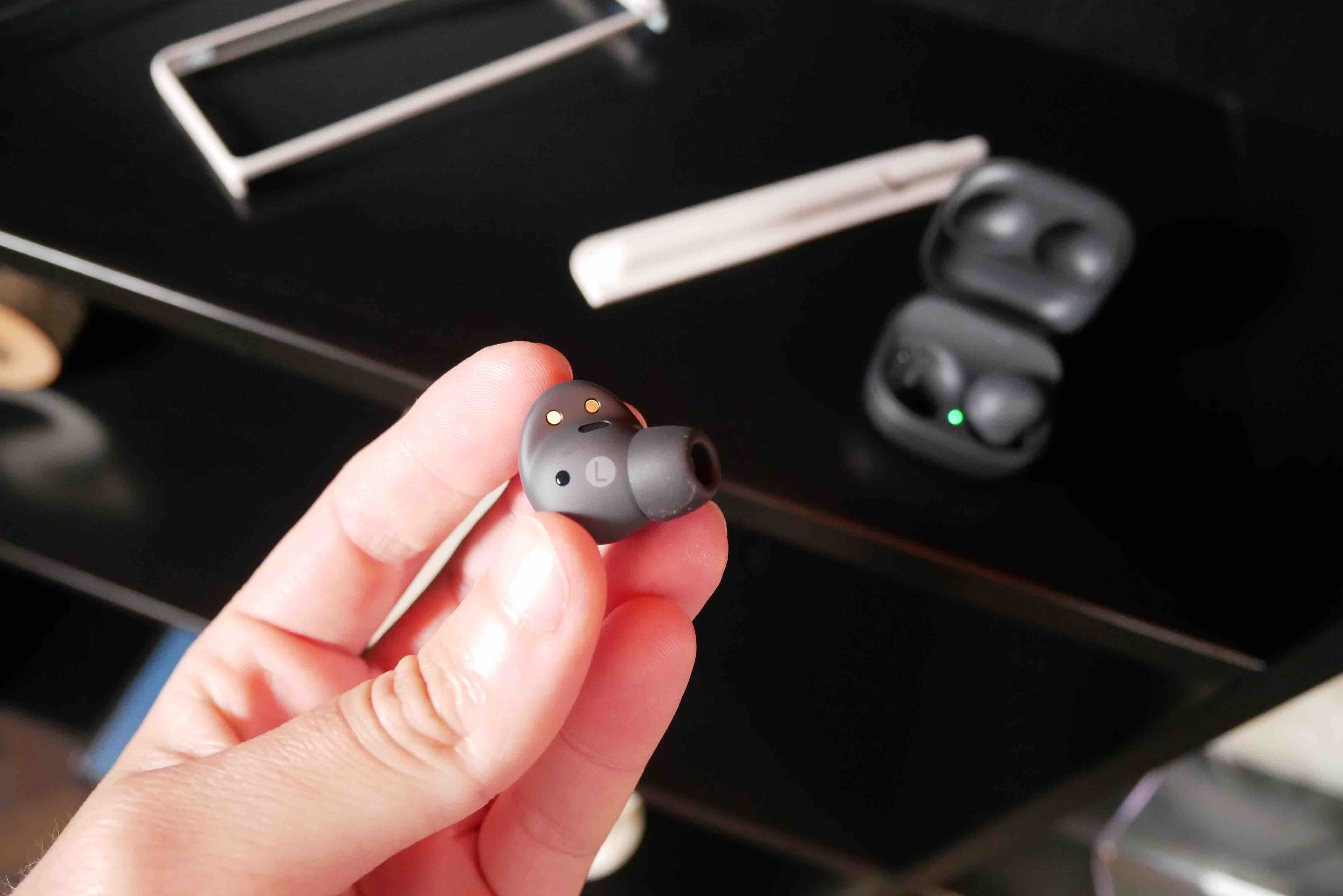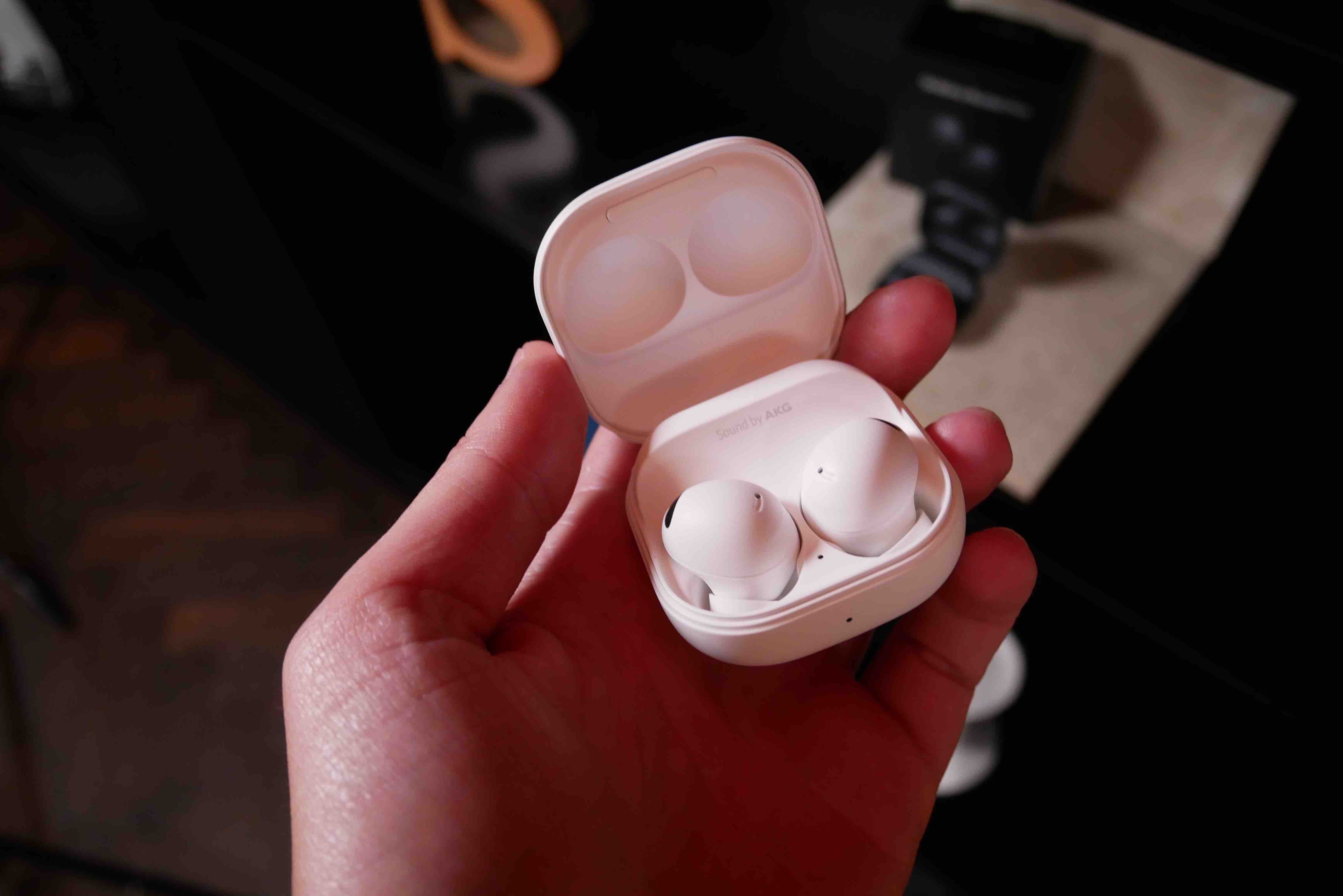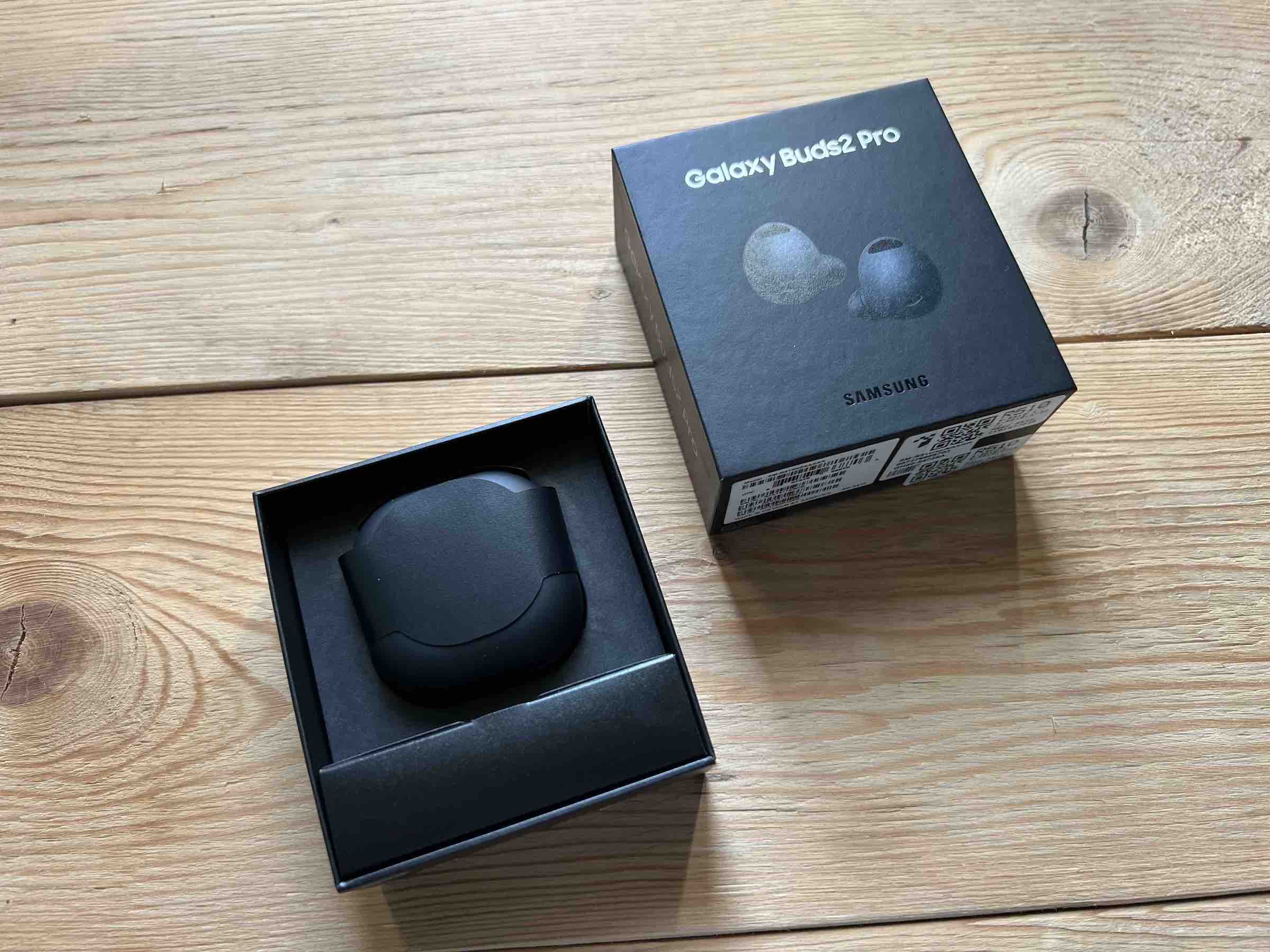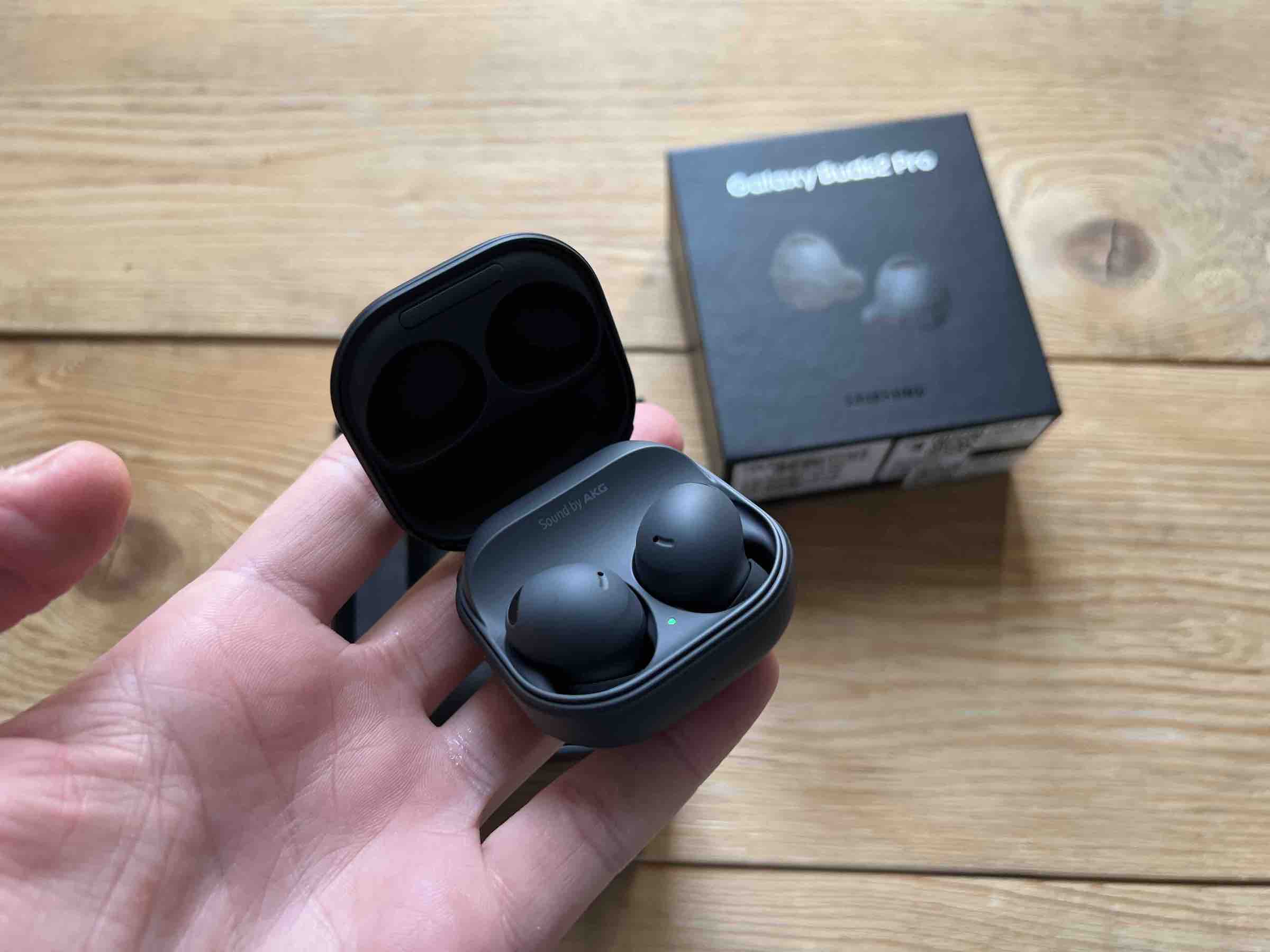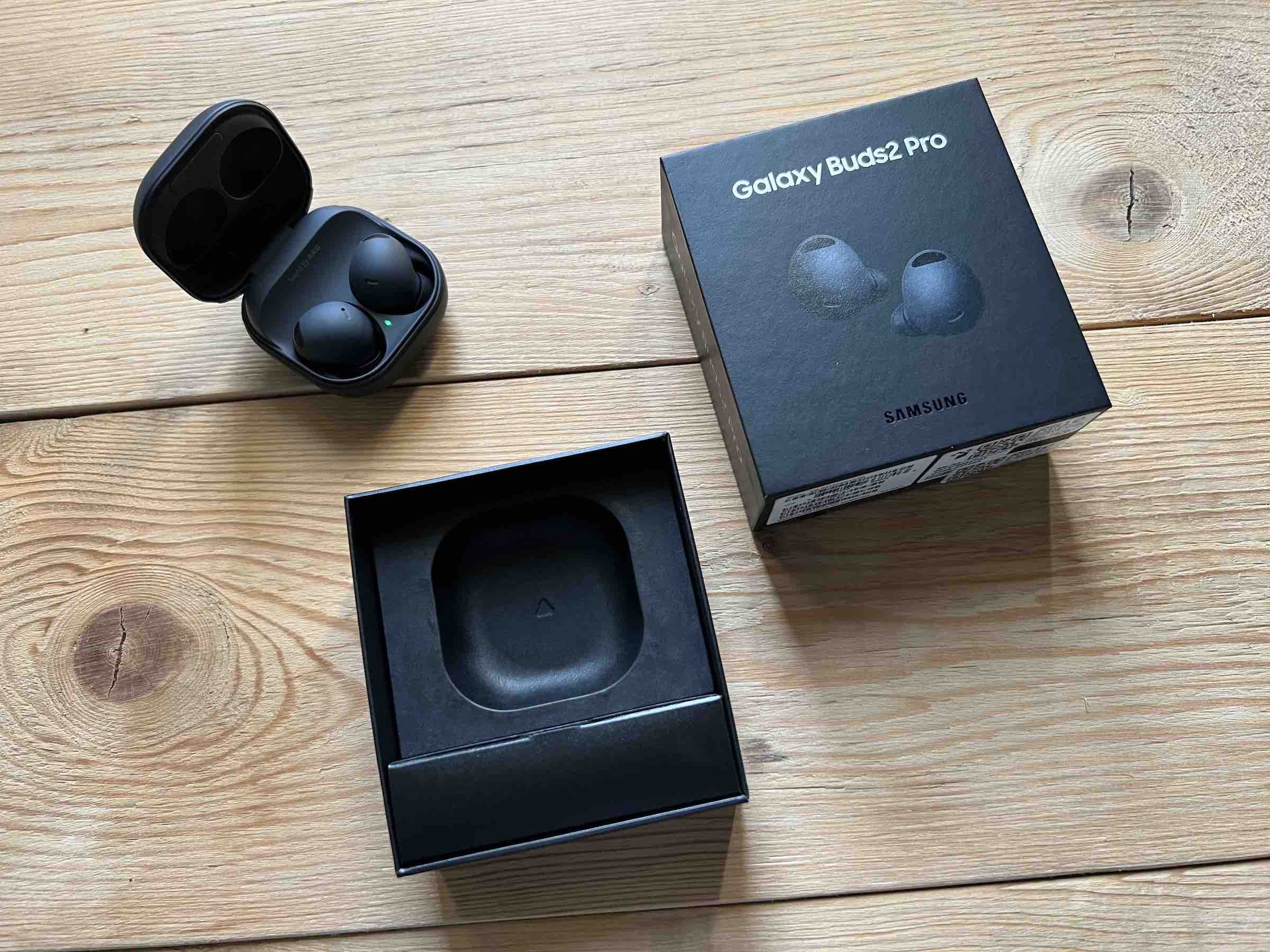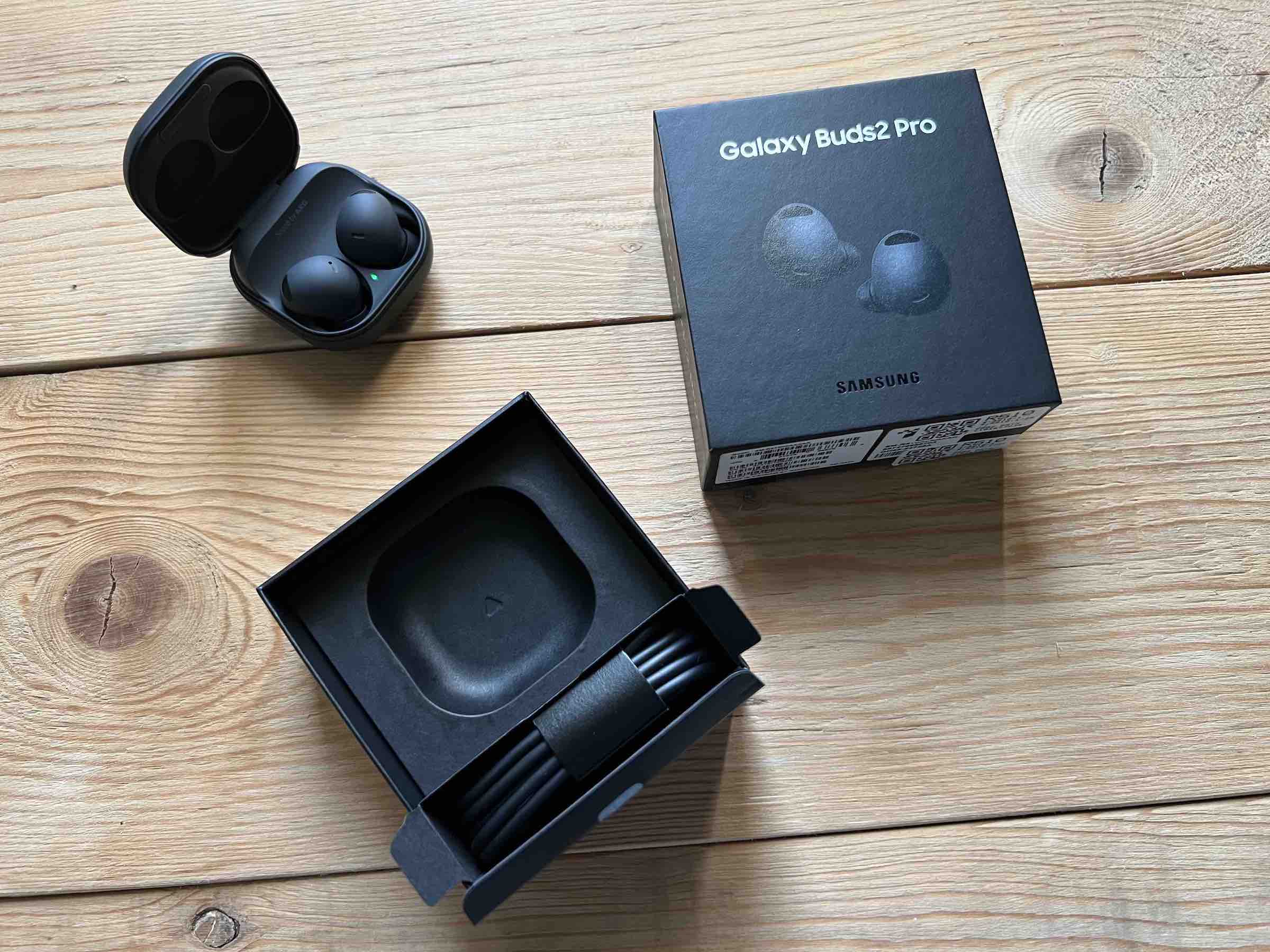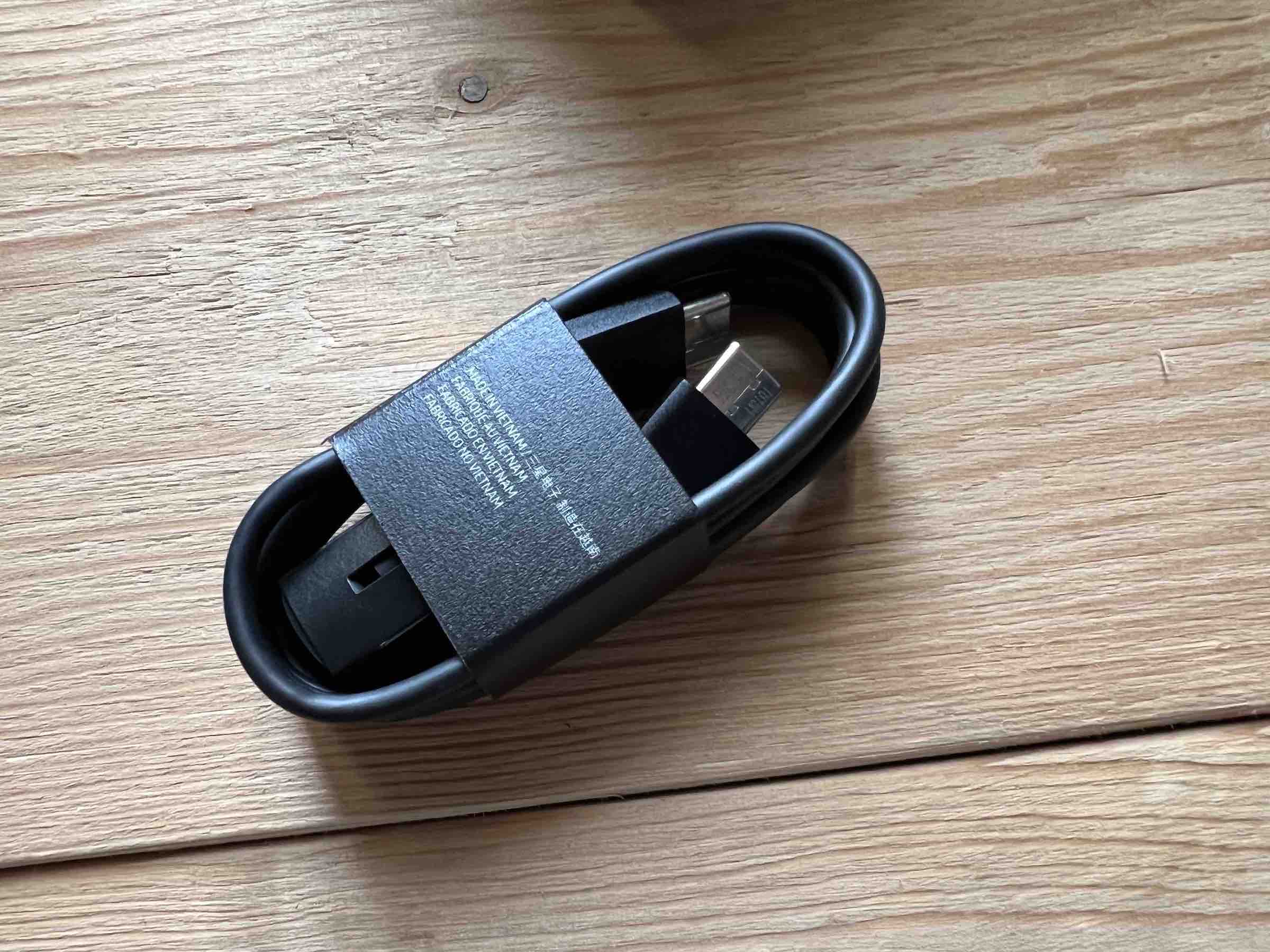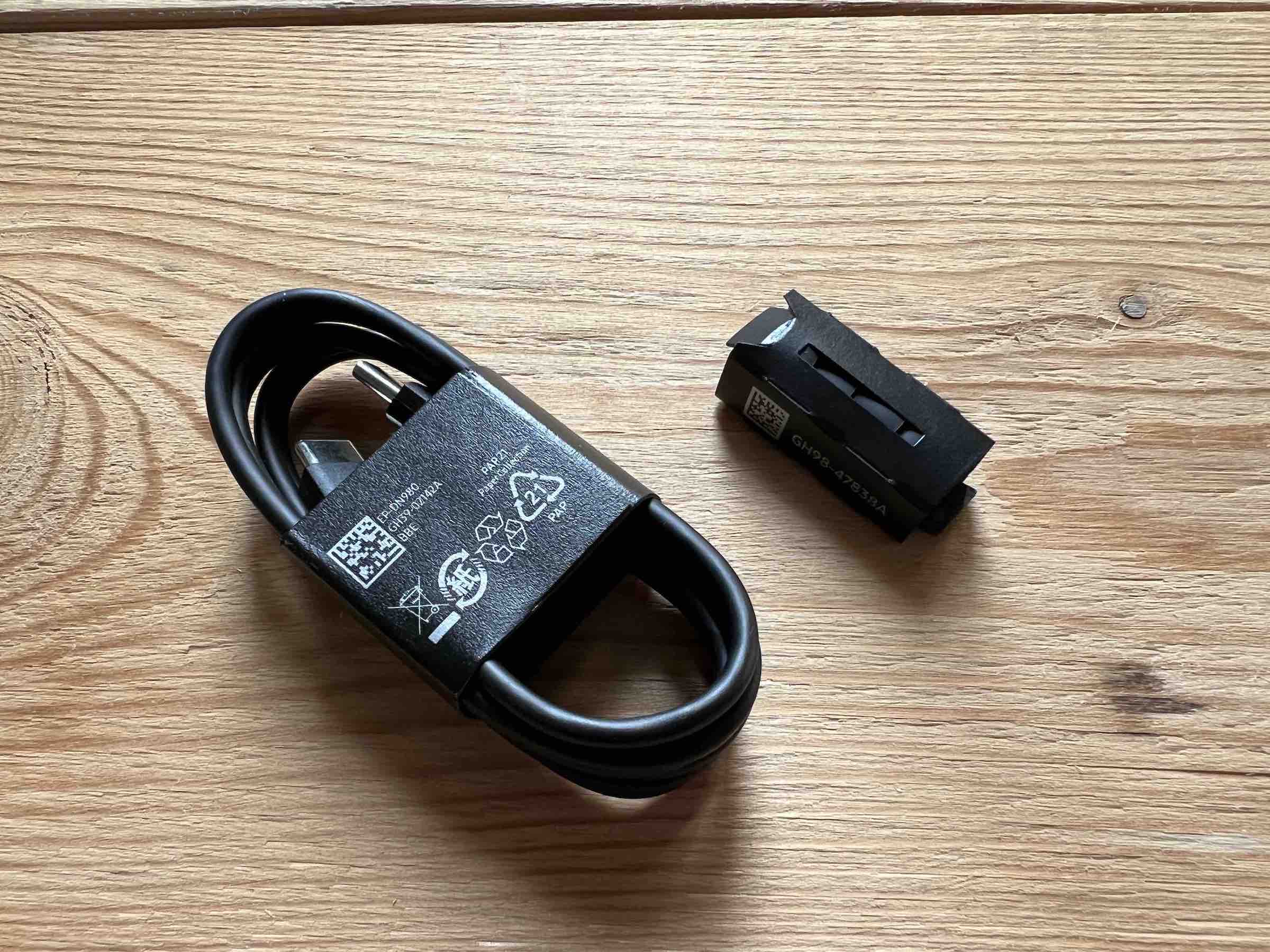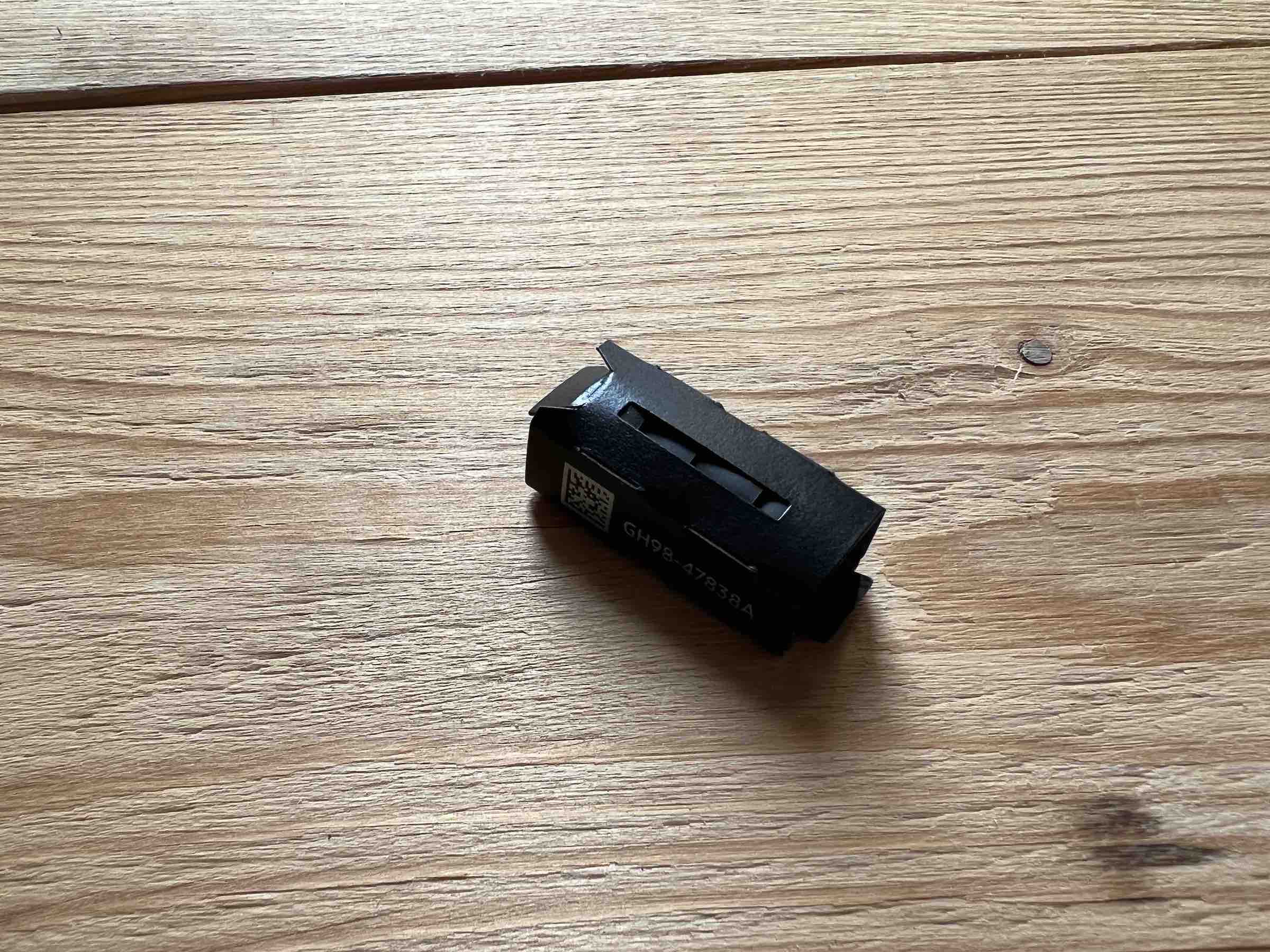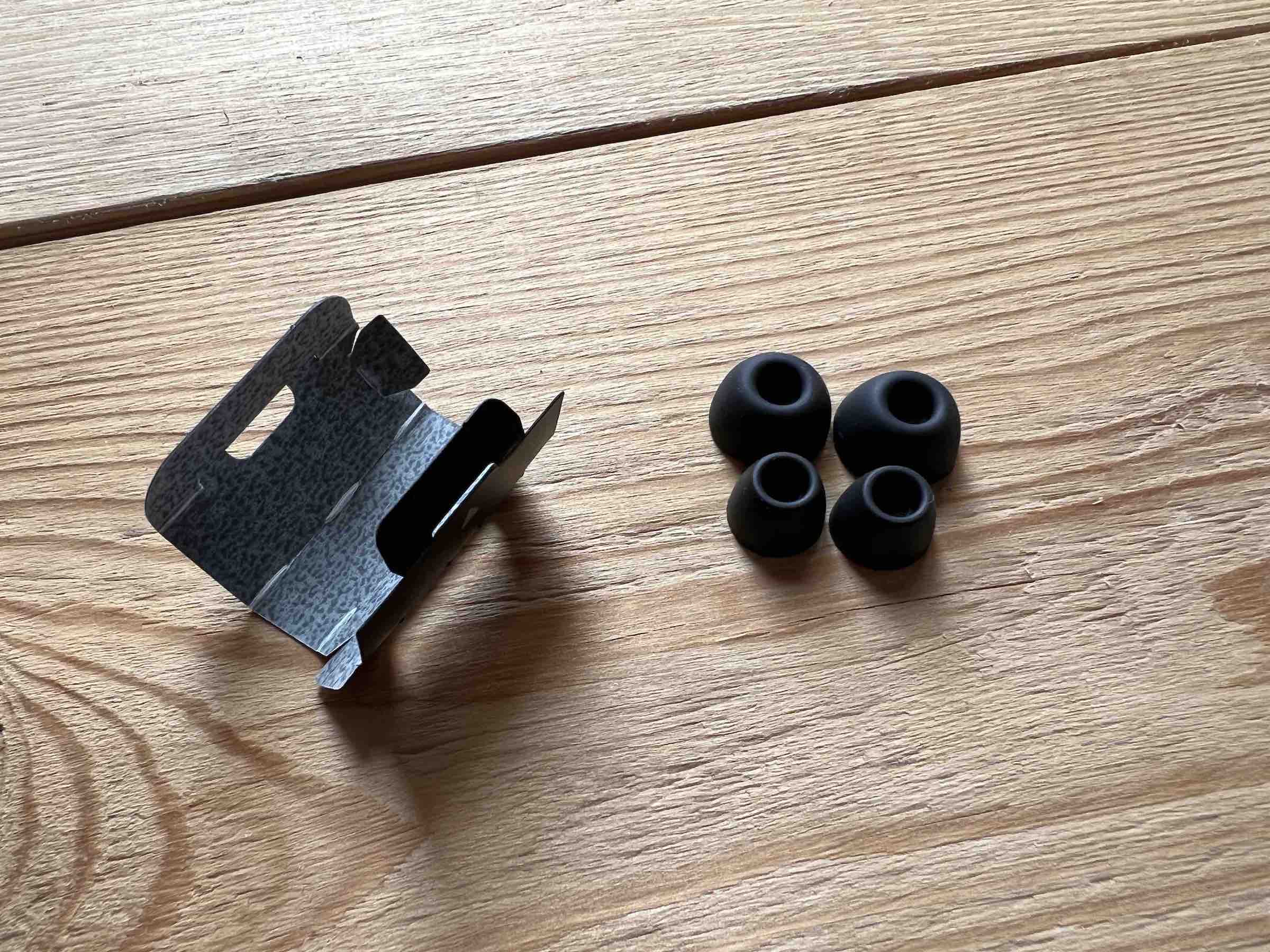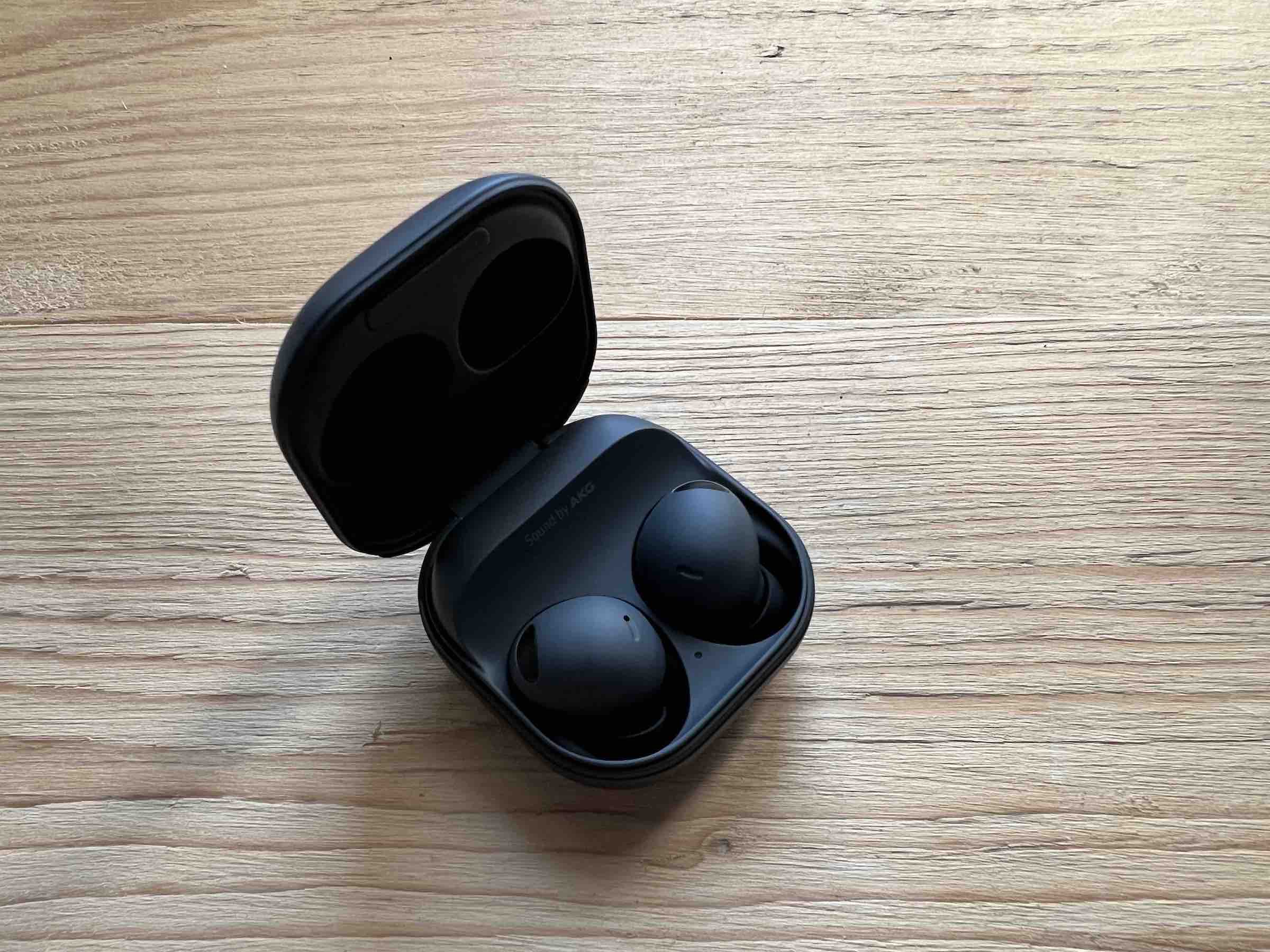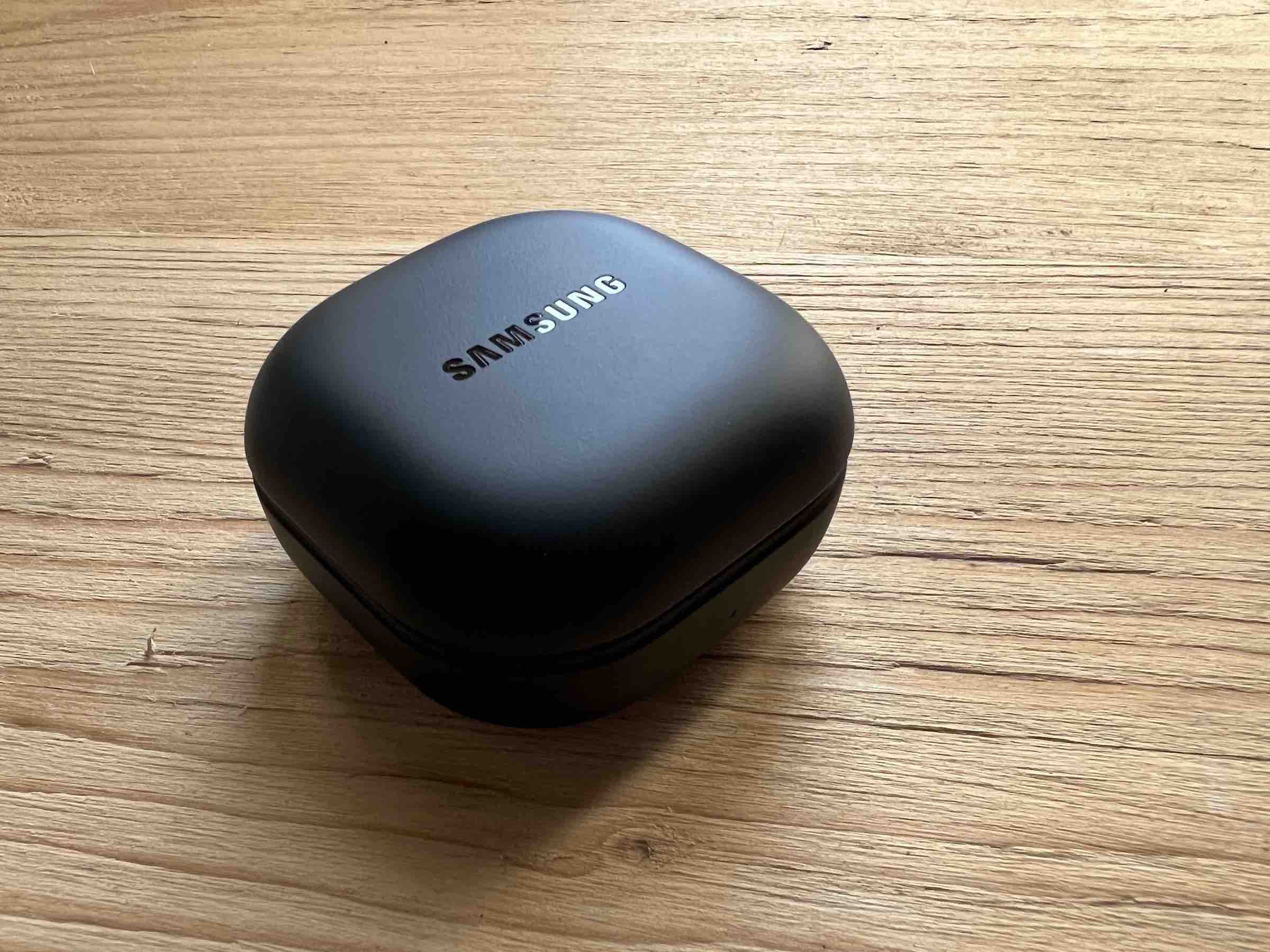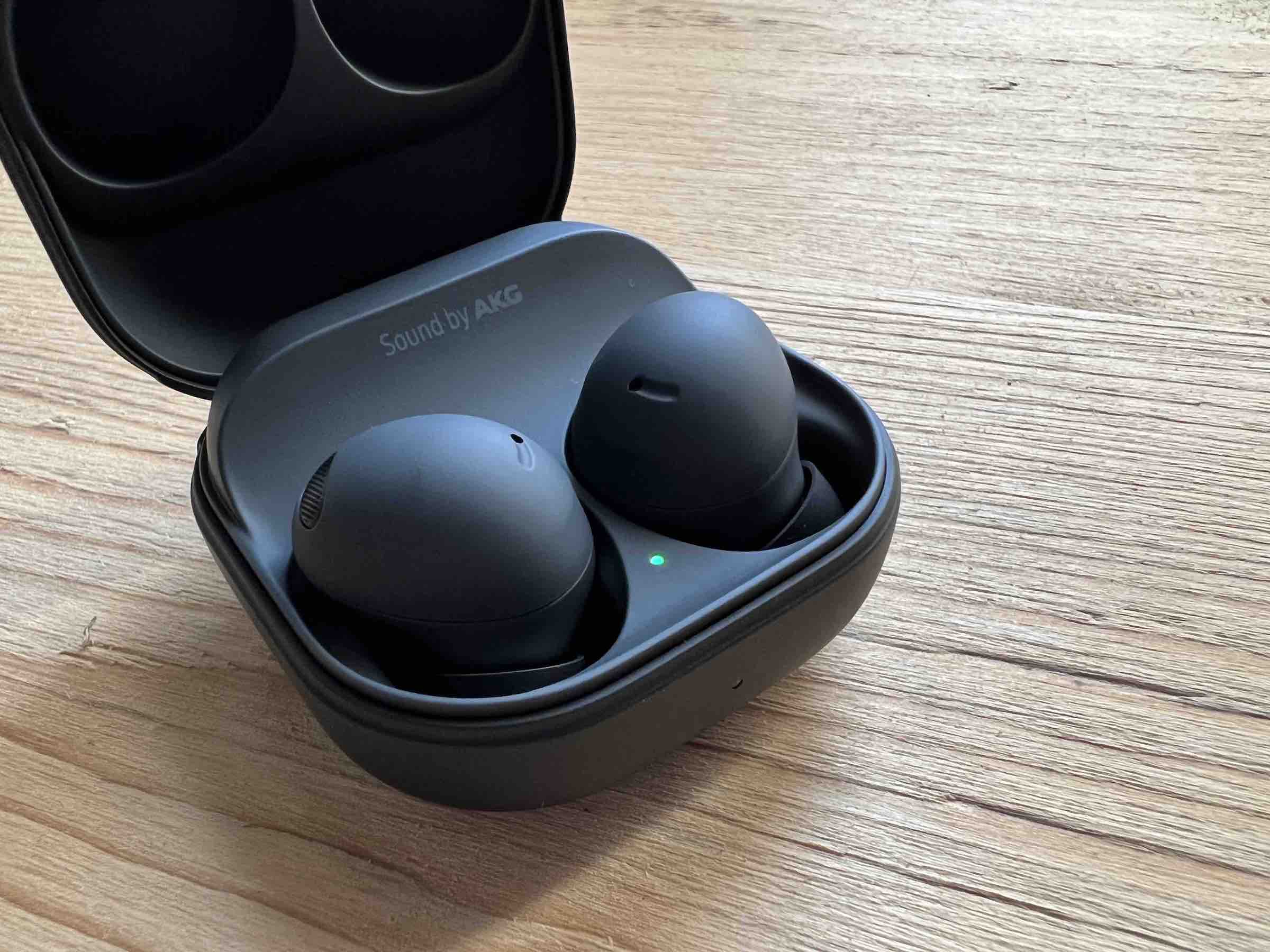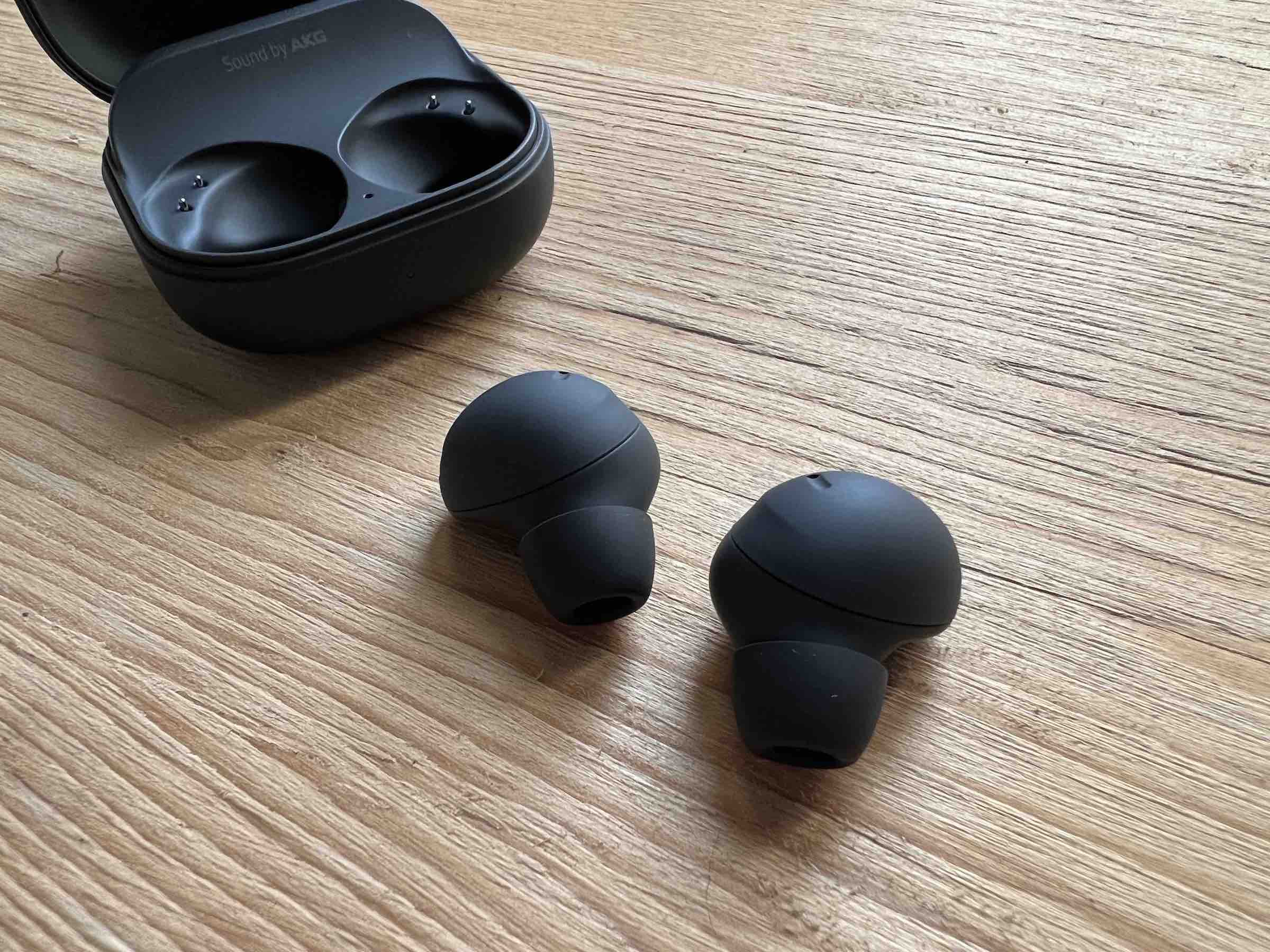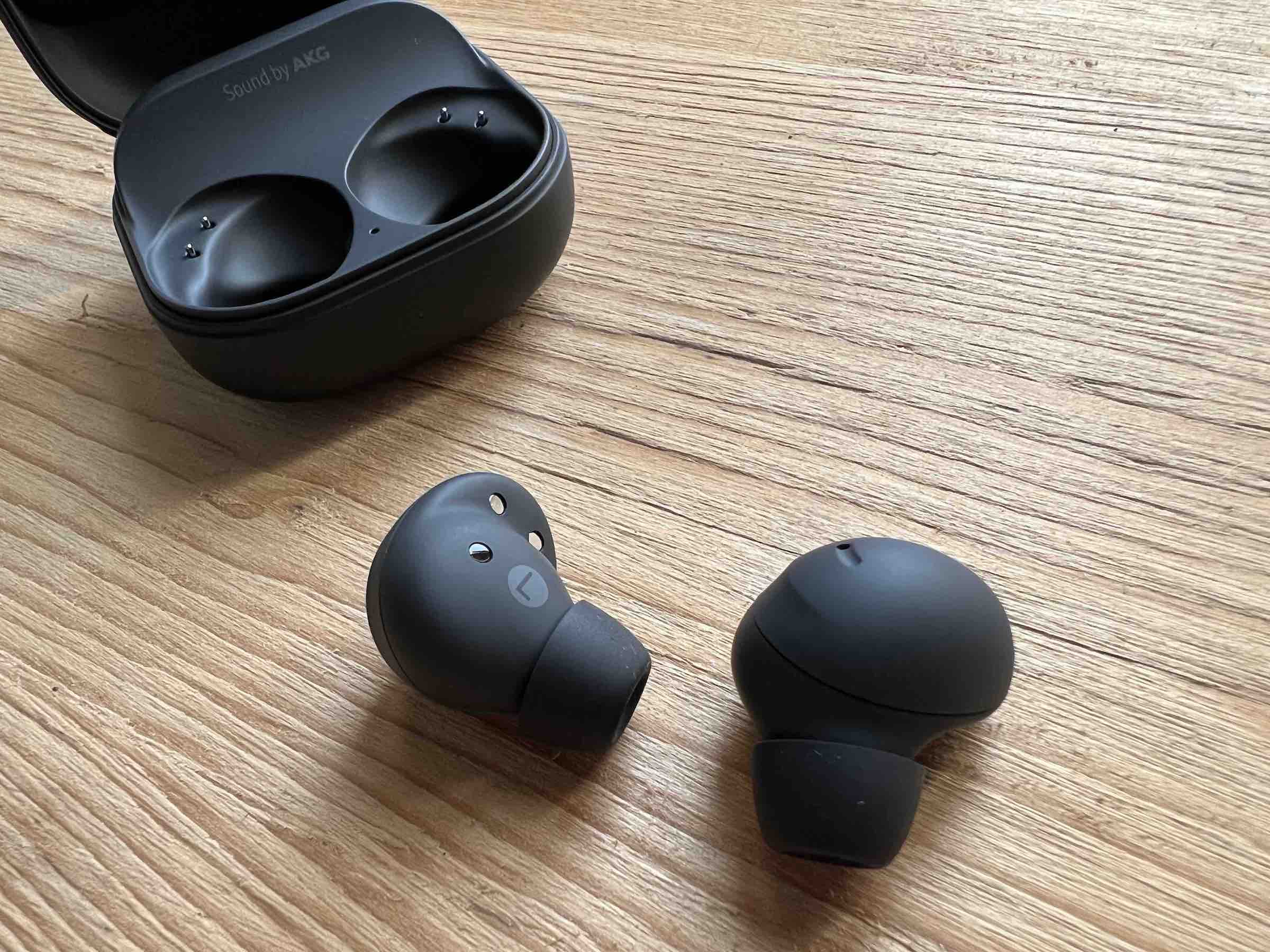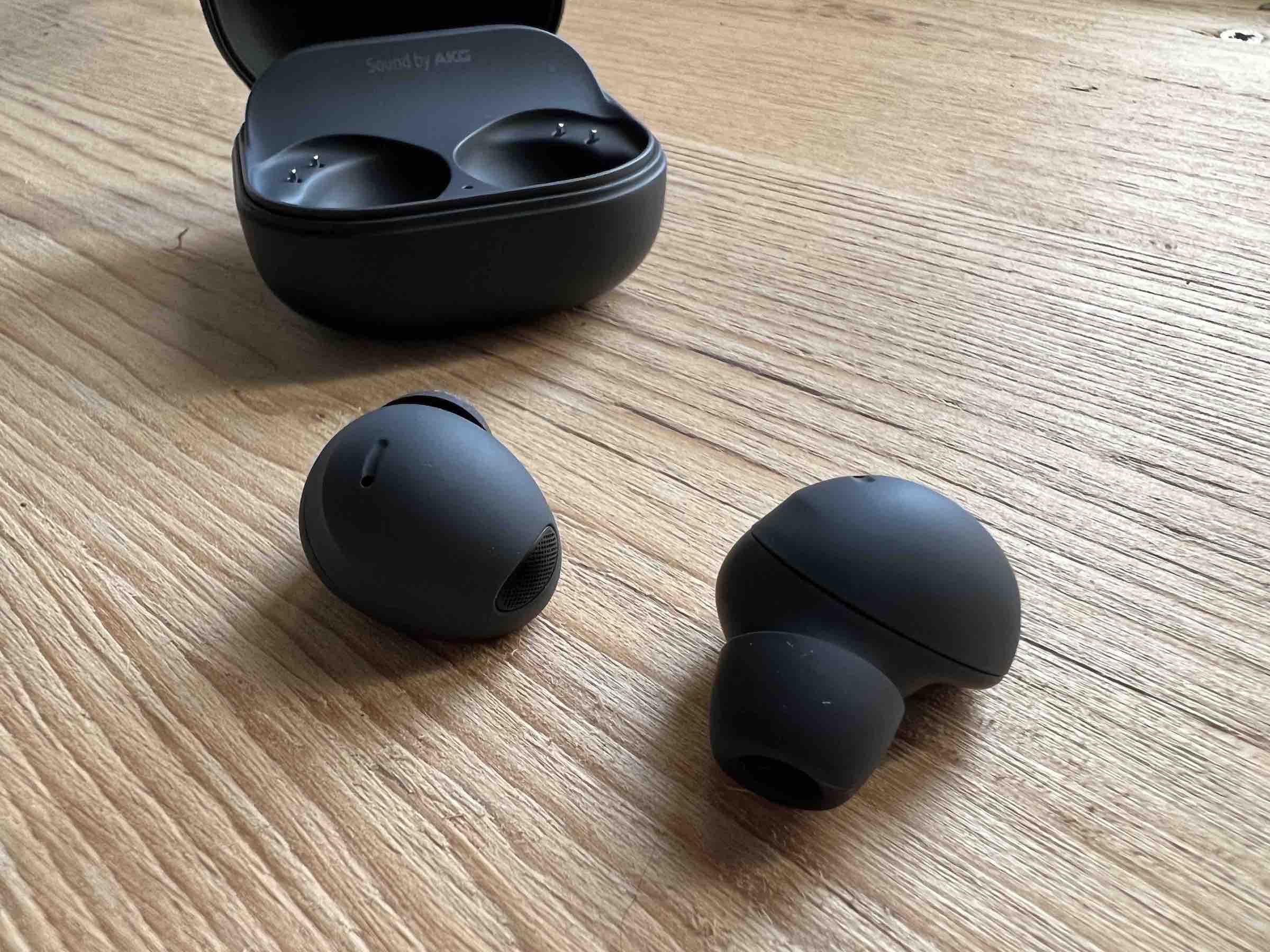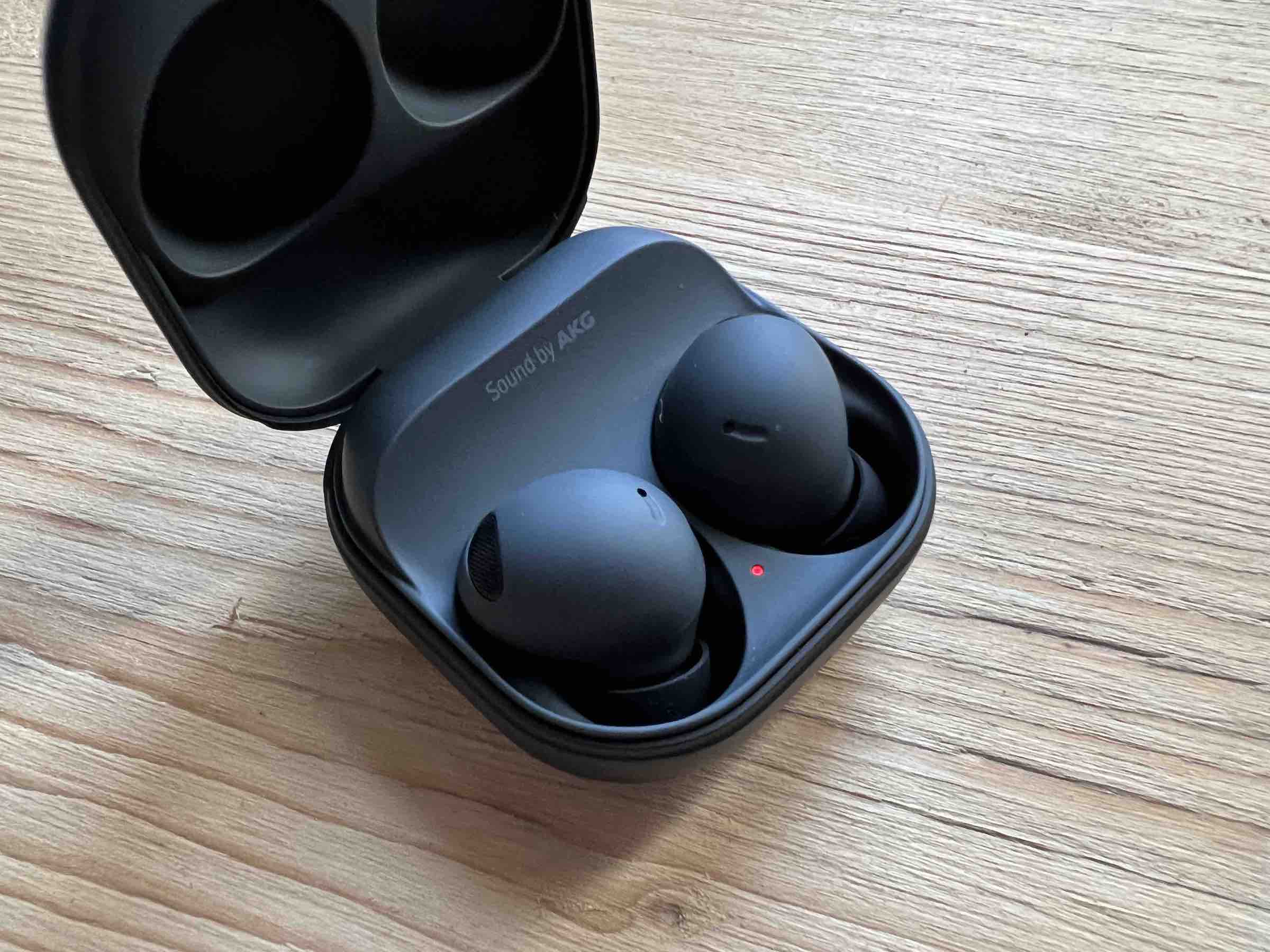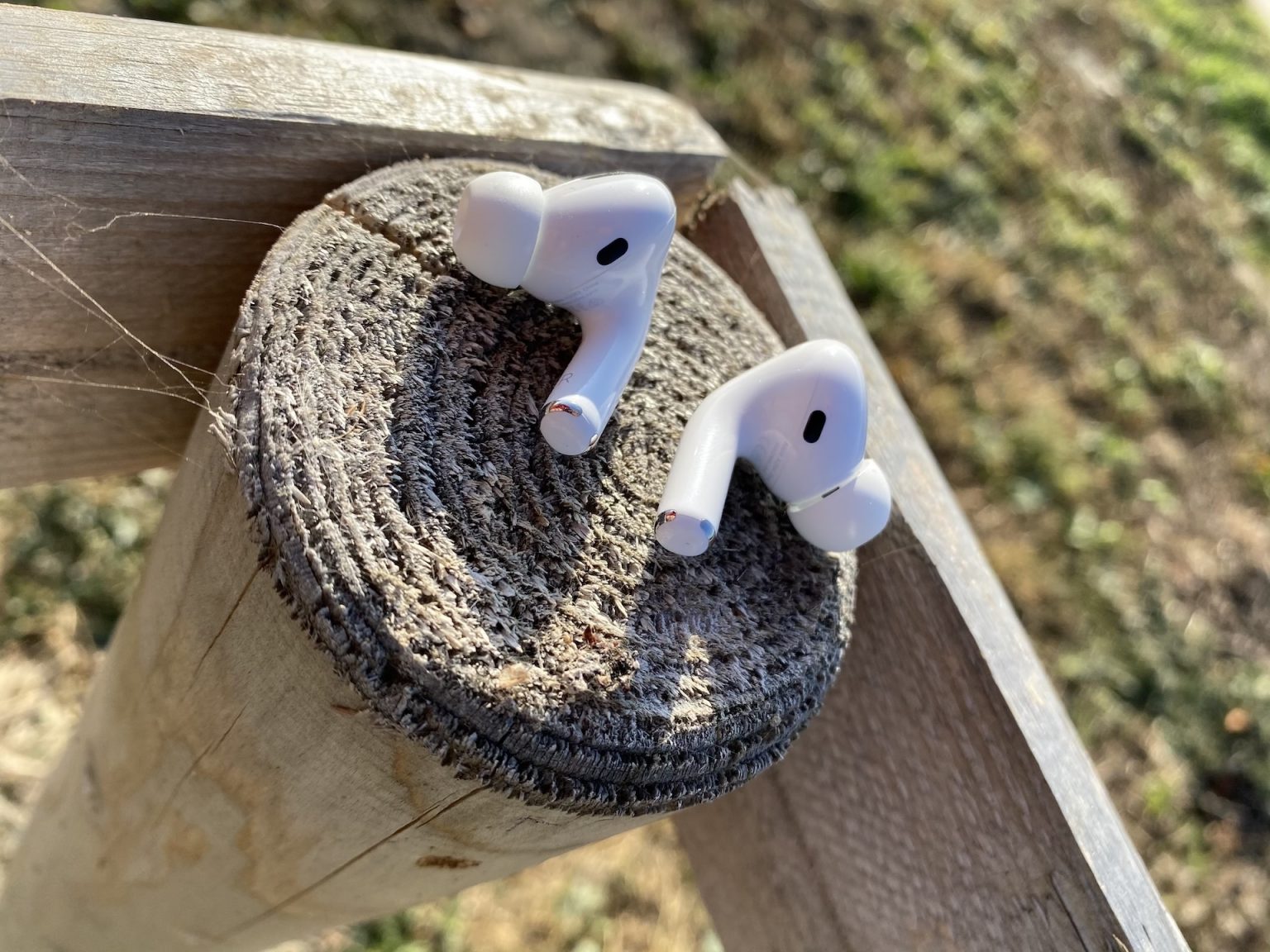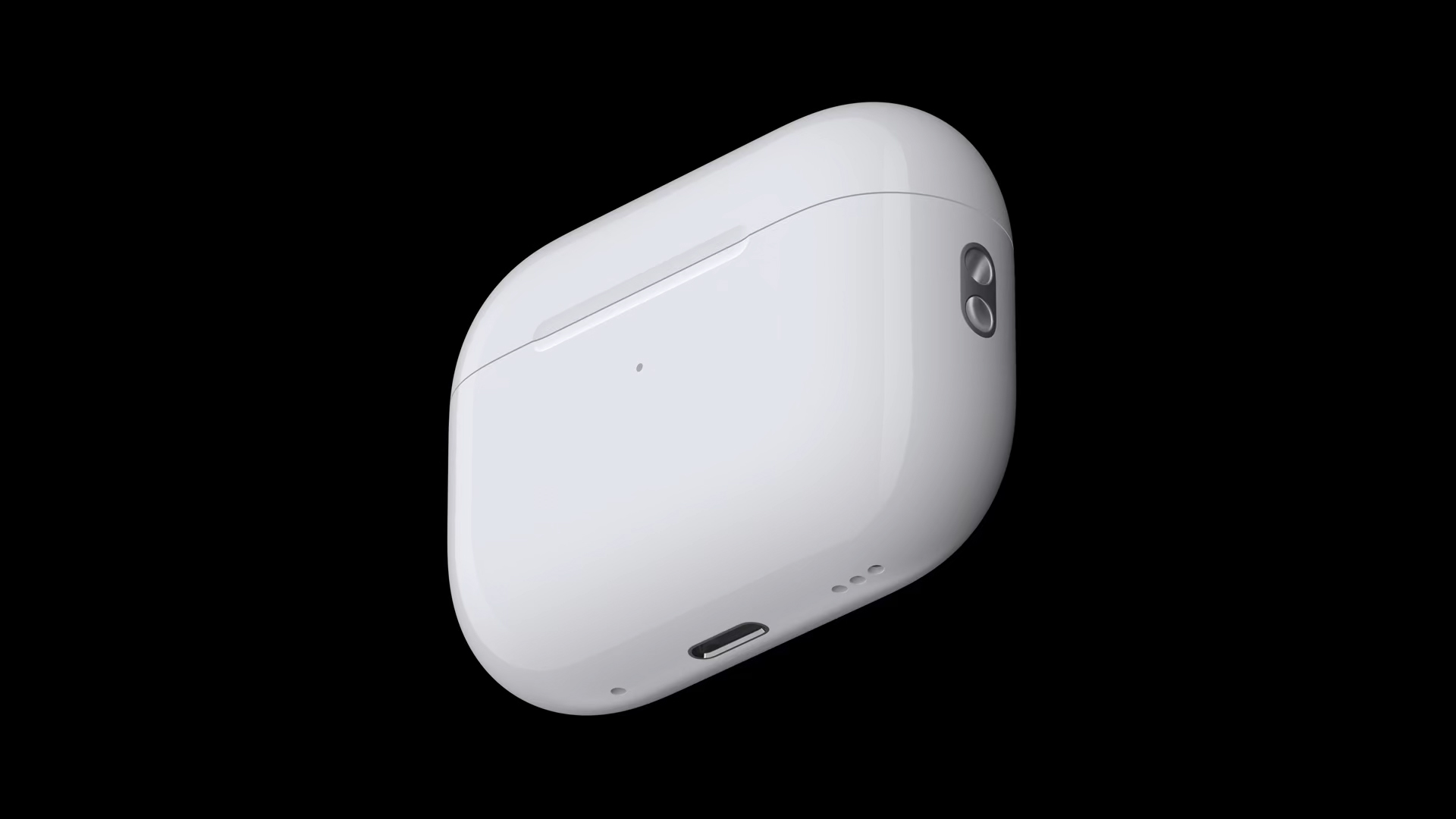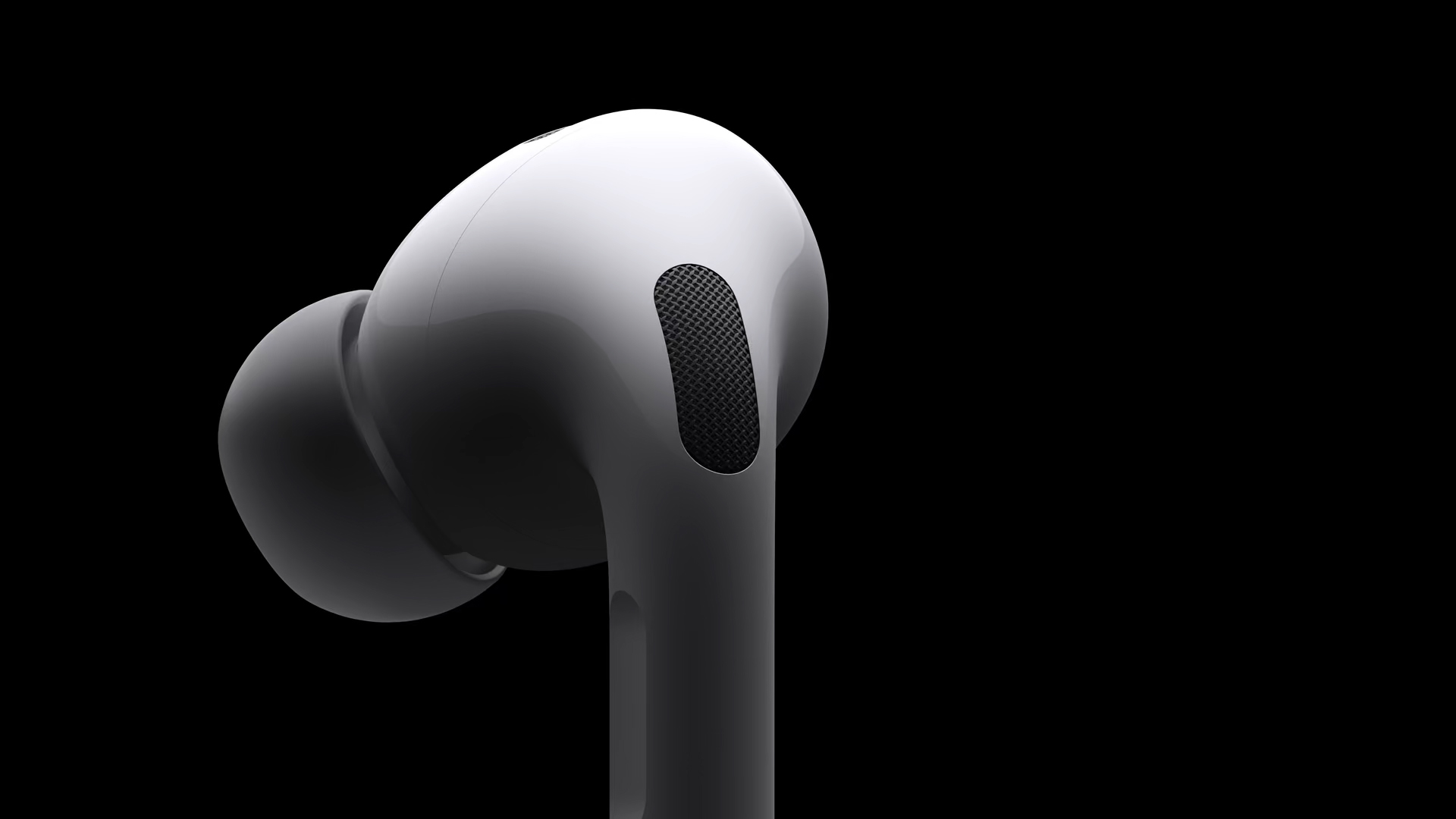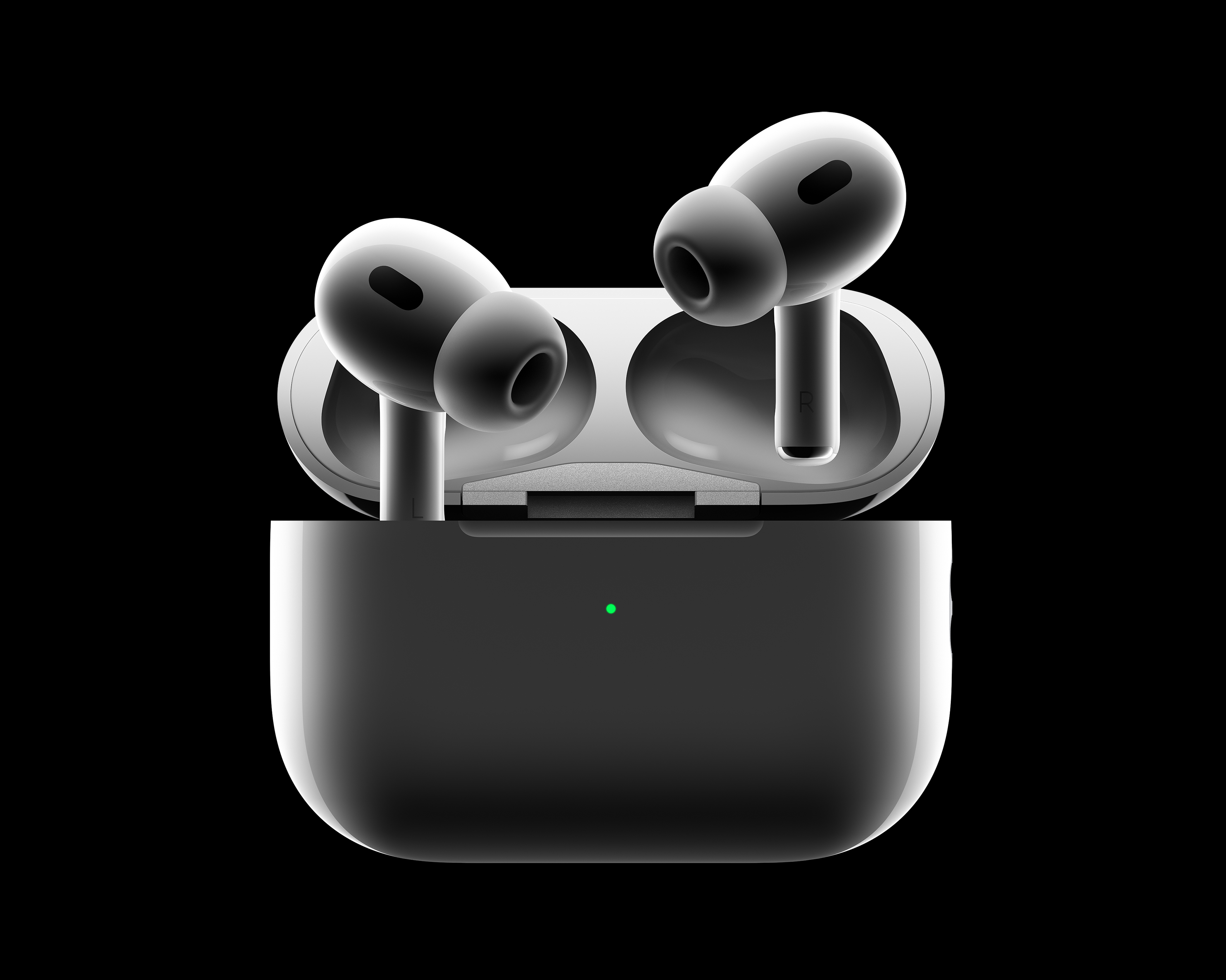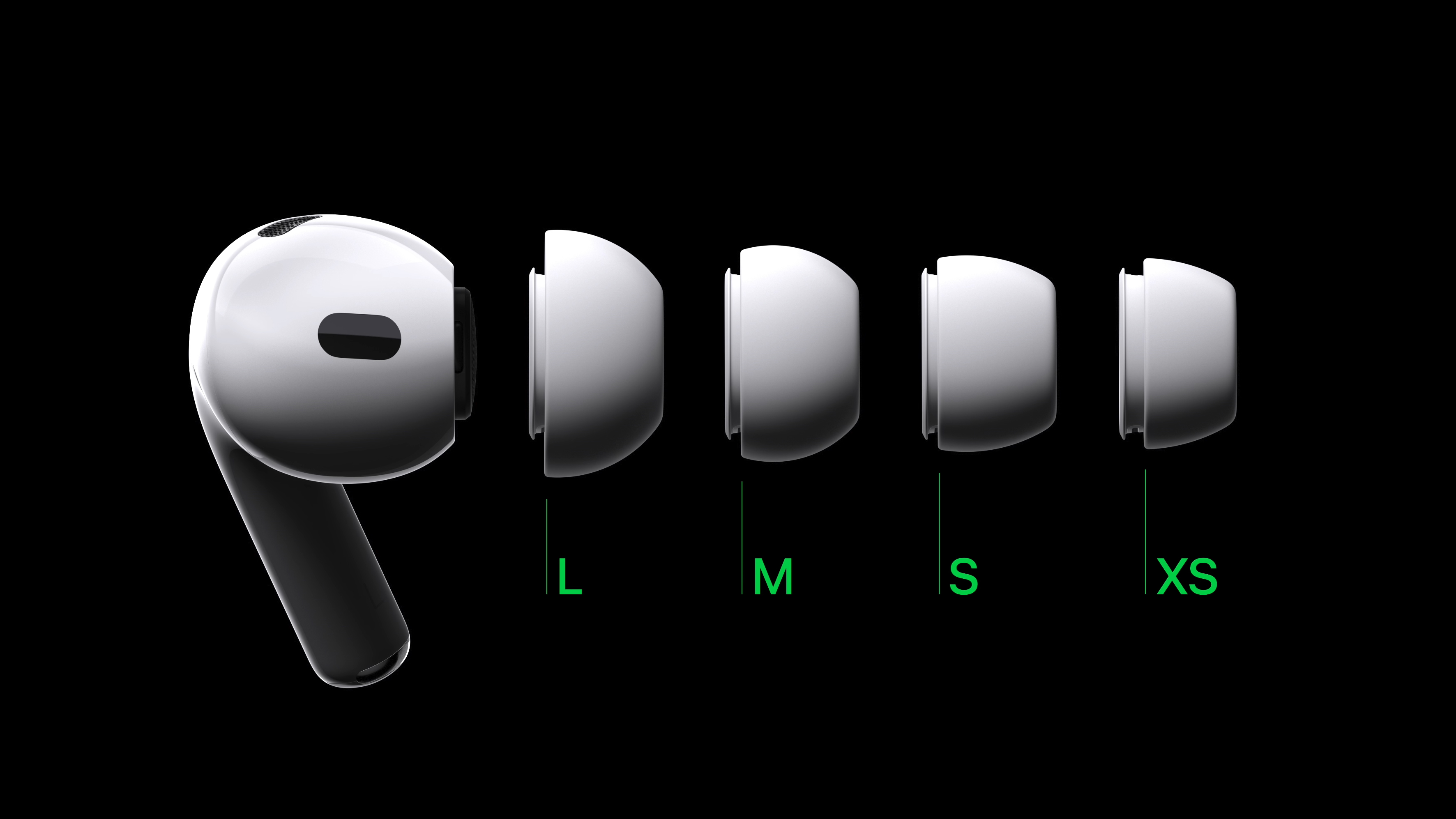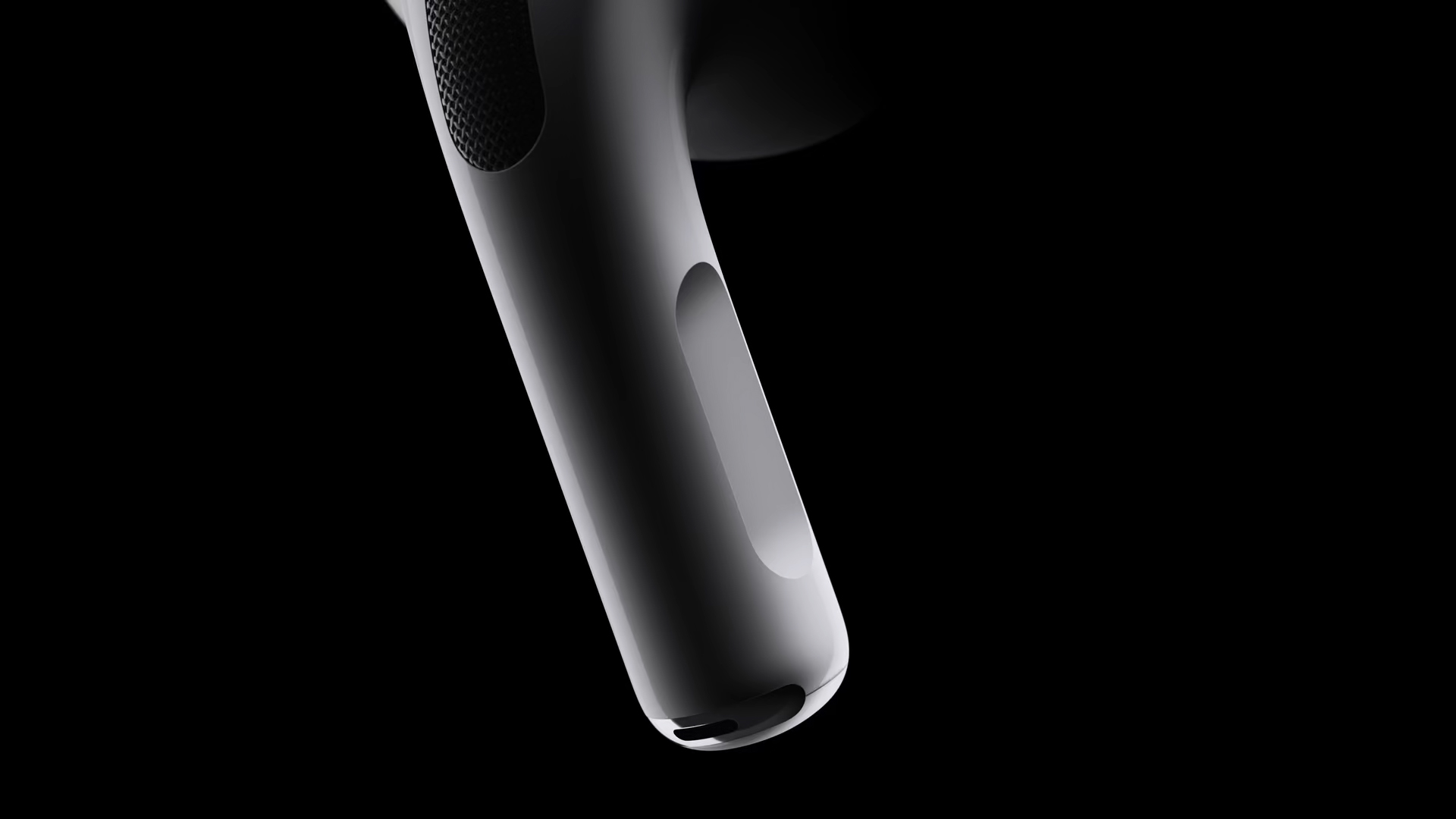Almost every better wireless headphone these days has active noise cancellation (ANC). It's a very useful feature - the world around us is a loud place and sometimes you need to drown it out. Whether you're using these headphones at home, at work, in town or on public transport, your listening experience will be vastly improved with less outside noise in your head.
The ANC is helping to achieve this. Pressing the appropriate button on the headphones or activating it on the phone will mute the incoming noise and allow you to better enjoy the sounds you want to listen to. Reducing the noise around you as if you were adjusting the media volume is a truly extraordinary, almost magical experience. However, the way the ANC operates is even wilder.
You could be interested in
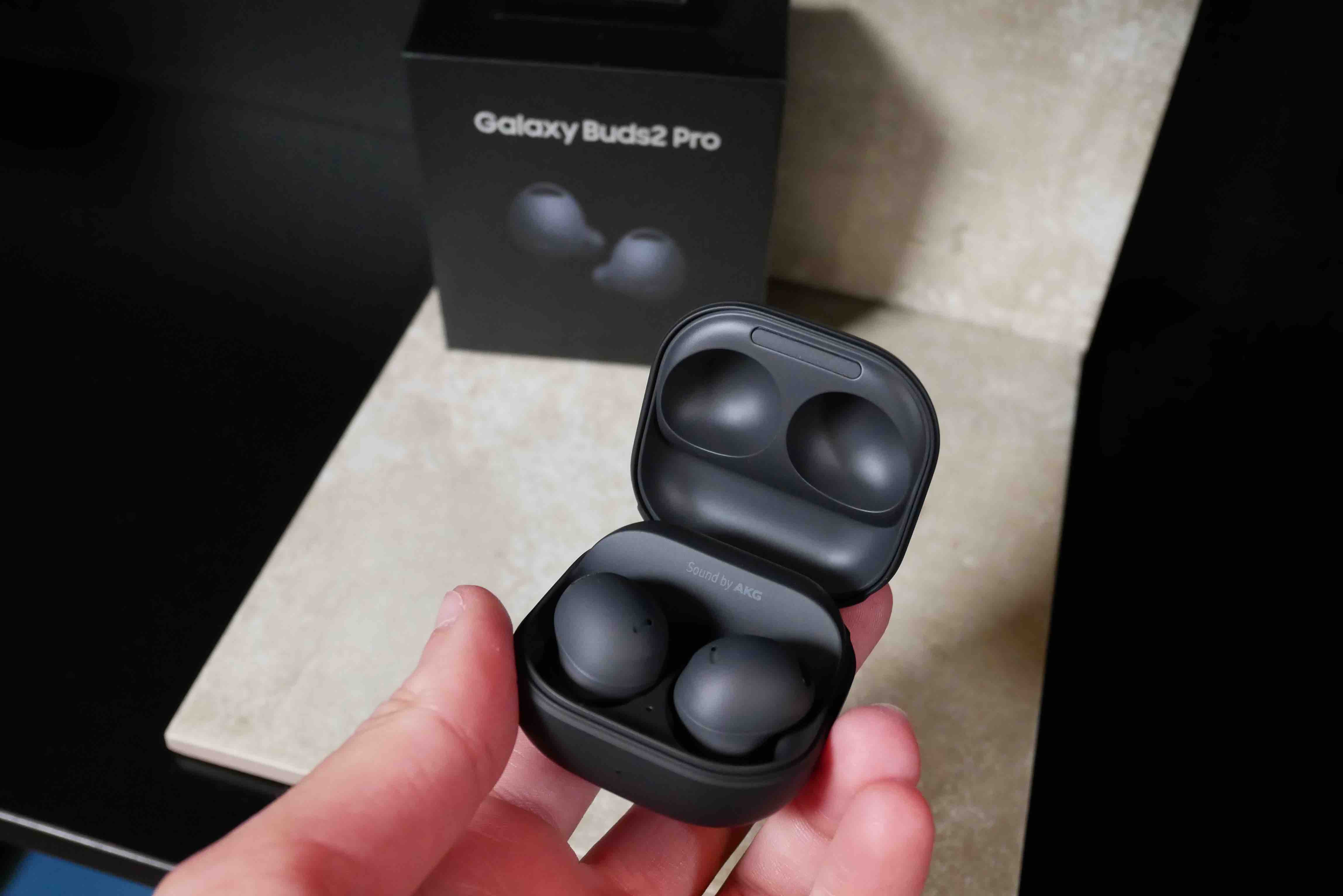
What is sound
First, we should ask ourselves the basic question of what sound actually is. It might sound weird, but for context it's really good to know. What we perceive as sound is the result of changes in air pressure. Our eardrums are thin membranes inside our ears that pick up waves of changing air pressure that cause them to vibrate. These vibrations then pass through some delicate bones in our head to eventually reach a part of the brain called the auditory cortex, which interprets them as what we perceive as sound.
These changes in pressure are also why we can hear particularly loud or bassy sounds, such as fireworks or music at a concert. Loud sounds displace large amounts of air in a short period of time—sometimes enough to feel the reverberations in parts of the body other than our ears. You may have seen sound waves represented as waveforms. The Y-axis on these wavy graphs represents the amplitude of the sound wave. In this context, it can be thought of as a measure of how much air is displaced. More air displaced means louder sounds and higher waves in the chart. The distance between the peaks on the X-axis then represents the wavelength of the sound. High sounds have short wavelengths, low sounds have long wavelengths.
You could be interested in
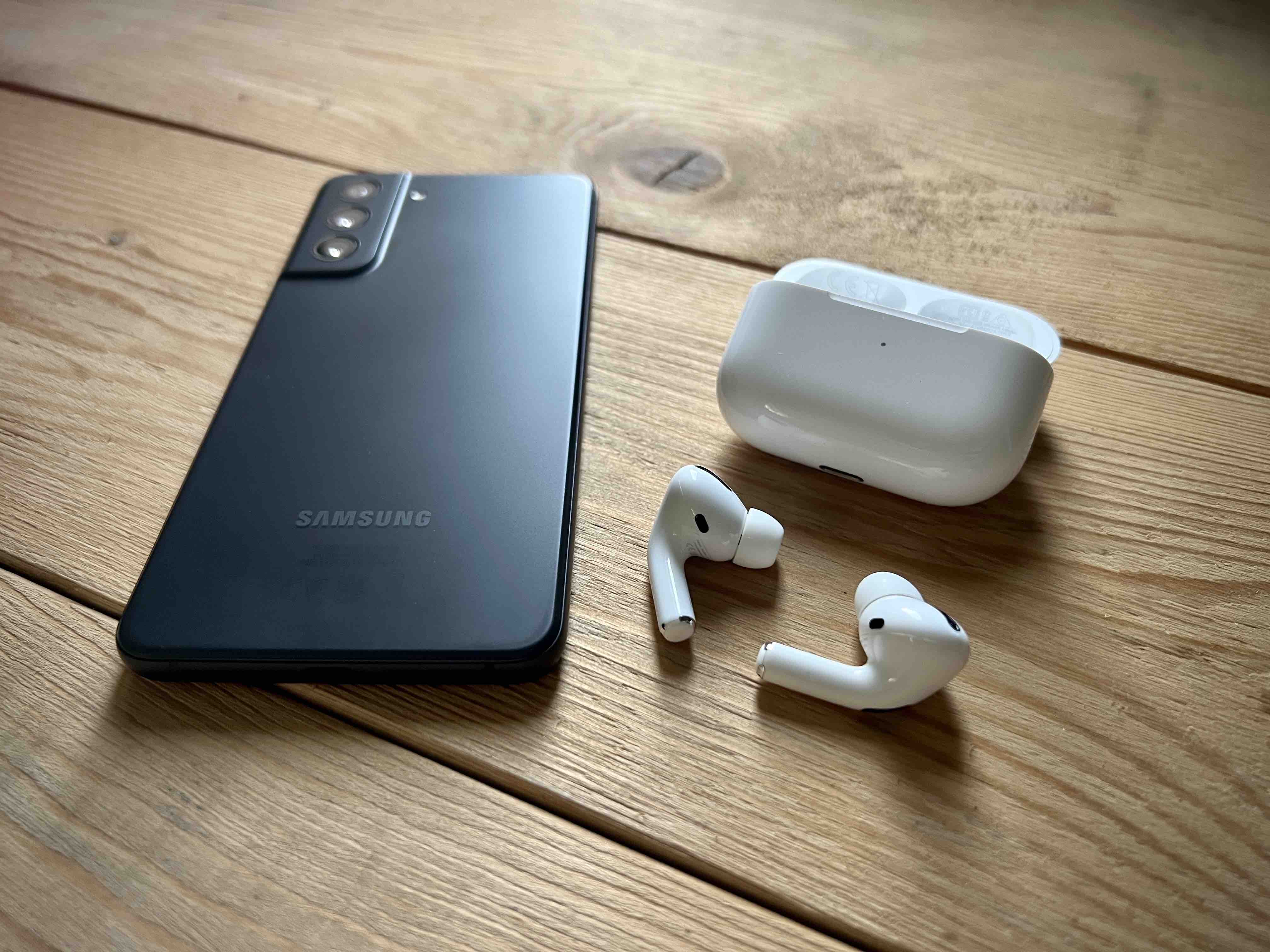
How does the ANC come into this?
ANC headphones use built-in microphones to listen to the sound around you. Processors inside the headphones analyze this incoming sound and create so-called counter sound, which is played back to neutralize the noise so you don't hear it. An echo has the same wavelength as its target sound wave, but its amplitude phase is reversed. Their signal waveforms are like mirror images. This means that when the noise sound wave causes negative air pressure, the anti-noise sound wave causes positive air pressure (and vice versa). This results in, ideally, blissful silence for ANC headphone wearers.
However, the ANC has its limitations. It's effective at canceling out low continuous noise that you might hear on an airplane, for example, but less so at canceling out music played by others or sounds like the bustle of a coffee shop. While consistent deep sound is relatively easy to predict and suppress with appropriate reverb, it is considerably more difficult to suppress irregular organic background sound in real time. However, with regard to the development of the ANC in recent years, we can assume that this limitation will be overcome over time. And whether it is a solution from Samsung or Apple (whose AirPods have u Android phones restrictions), Sony or anyone else.
You can buy headphones with ambient noise suppression here, for example
